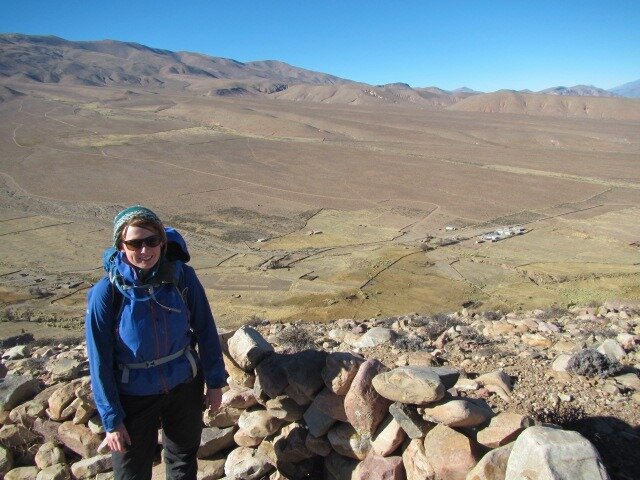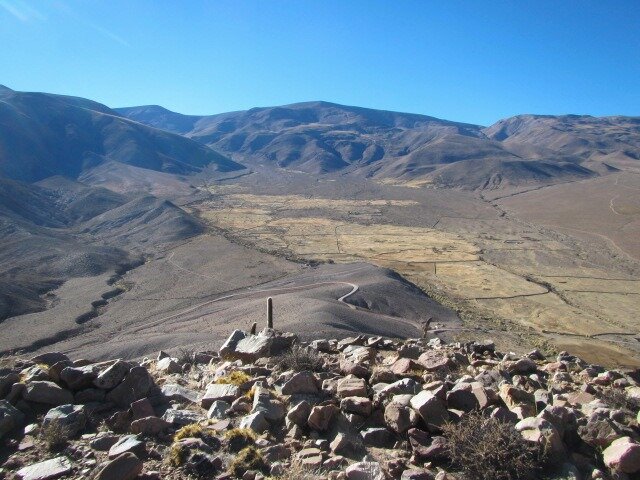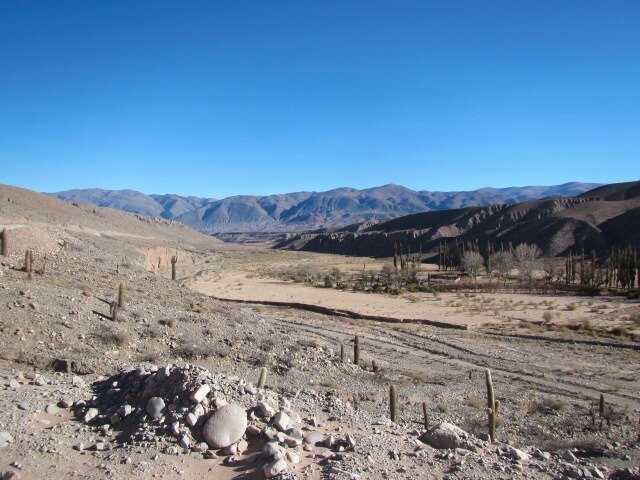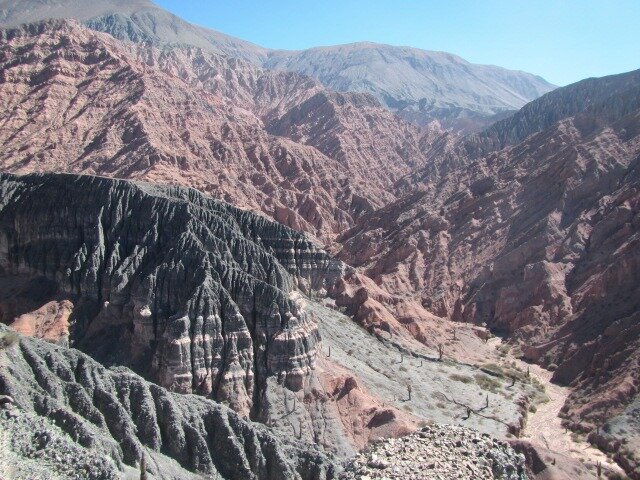The aim of this project is to investigate the role of orbitally-driven climate change on cycles of aggradation and incision in the NW Argentinian Andes. Studies have demonstrated that the response time of fluvial systems to perturbations in climate is related to the magnitude and direction of the forcing, and the length of the system; shorter systems record a higher frequency of forcing (precessional [≤20-kyr]) compared to longer systems (long-eccentricity [100-kyr to 400-kyr]). The primary aim of this study is to test whether this relationship is evident in the Toro Basin of the southern Central Andes by using cosmogenic surface exposure dating to define the timing of fan development and stabilisation. This study also looks to evaluate the variables that may contribute to the response time of these alluvial systems to climatic forcing, in addition to discussing other forcings that may affect the nature and timing of landscape change in the Toro Basin (Orr et al., in prep). This study is being funded by the IRTG-StRATEGy research group at the University of Potsdam and the German Research Centre for Geosciences (GFZ).
Orr, E.N., Schildgen, T., Tofelde, S., Wittmann-Oelze, H., (in prep_. Testing for orbitally-driven climate cycles in the alluvial systems of the Toro Basin, NW Argentina.



